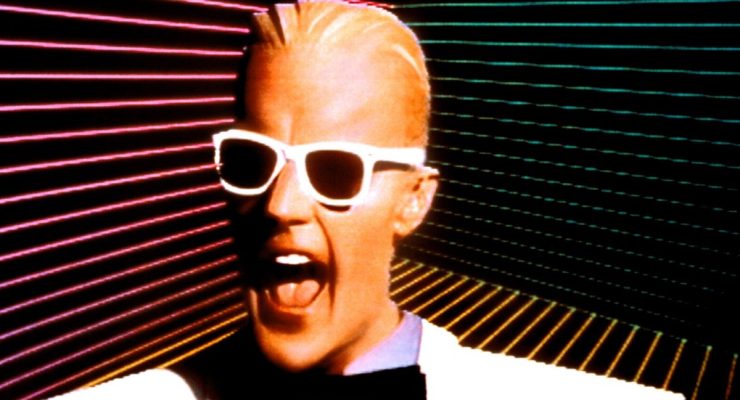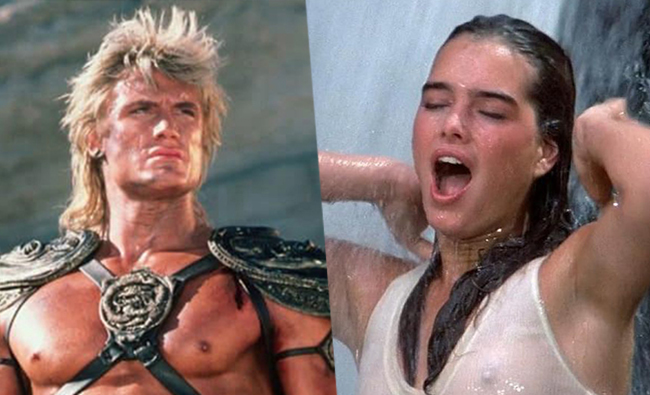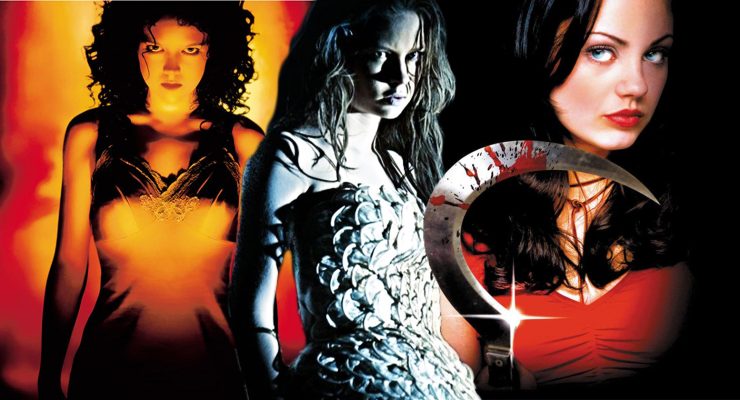Last month we brought you some of the Legend of the Yokai artwork completed by artists from around the world to coincide with the release of Teenage Mutant Ninja Turtles (read our review here). Flickering Myth were lucky enough to sit down with artists Matt Taylor and Sam Gilbey to talk about their artwork…
Matt Taylor
FM:For the benefit of our readers could you tell me a bit about your work previous to Legend of the Yokai?
MT: I’ve been illustrating for 12 years now. I guess at the moment I’m better known for doing a lot of work through Mondo, illustrated film posters, book covers, that’s my stock in trade. I did the John LeCarre novels in the US, which have been reused over here as well and that’s probably the highest profile thing I’ve done recently or the thing that people might actually know me for.
SG: I did a fine art degree and had focused on paintings; acrylics and a bit of oil, life drawings, but portraits had always been my main focus. I went on to do a dual honours degree in visual arts and music but I kept coming back to portrait work. That’s also where sculpture stuff started to creep in. Most of my university work was actually about video games. When I graduated I became a web designer and I started to work digitally in terms of my illustration work. I built up a portfolio of things that were mainly for my own amusement but over the years that led to doing things like flyers for movie events like Picturehouse cinemas and even Edgar Wright. I’ve also contributed to lots of pop culture exhibitions in the states. When I think about how this one came about Paramount got in touch after I’d done a few pieces for them last year. I’ve always looked to celebrate pop culture in my work.
How did you come to the Legend of the Yokai project?
MT: I was approached by Paramount in the US. They’d seen a bunch of my work, mainly things I’d done through Mondo, and they really liked my work and basically asked me if I wanted to have a go at this, which was kind of a no-brainer cause it’s drawing Ninja Turtles for money, which is a dream project! They gave me a very loose brief which I was free to interpret how I wanted and I set to it. There wasn’t too much art direction, which was great. They let me go at the project how I wanted to and there was very little feedback in terms of changing anything so it was a fairly fun project as far as these things can go.
SG: For me it’s about reference, having enough reference to work from but obviously you don’t want to be limited. As the marketing for the movie was ramping up in the states there were lots of TV spots and bits and I was scouring everything. I’d take loads of screenshots and references but while I wouldn’t necessarily do anything with them initially you’d still sort of capture them in your head. You start to build it up in your mind; ‘oh maybe that would work with this’, then I started doing a collage and dragging things around. I tried using the golden spiral as a way to think about how I would be led around the image, but I wanted it to be dynamic and dramatic too. I sent along an idea about all the signature weapons that I really love when I was a kid but they would all kind of be overlapping in this frame. In the trailer you get a glimpse of all the tubes with the green stuff going through so I thought that would be a nice way to hold the image together.
Can you tell me about the process behind creating your specific piece?
MT: When they briefed us it was in advance of the film coming out, we’d only seen the trailer, and we were quite limited in terms of material, which was quite good because it means we weren’t too bound by trying to capture a specific look. Obviously once you’ve seen a film or something you’re trying to interpret, that’s in your head. We had some illustrations and some character designs of what the Turtles actually looked like, but then apart from that we had the Legend of the Yokai brief, which was to try to interpret the different qualities that went along with each Turtle. I wanted to focus on the Ninja aspect of it, the Japanese woodcut style illustration, and I thought Lenoardo was probably best suited to that; contemplative, meditative.
Sam Gilby
What’s been your favourite version of the Turtles over the years?
MT: The original, the very first one in the comics, that was how I came to them back in… god I must have been about ten or so, and I picked up a copy of the very first collectors’ edition of the comic in a comic shop, and that was it for me. I like the cartoon in the Nineties and the very first film, I’m still hoping to see this one when it comes out over here but the original comics are my favourite of the lot.
SG: They were actually some of the first comics that I actually went out and bought. The first ones I’d ever read, or the ones my uncle had given me were the UK reprints of the Marvel stuff, some early Spider-Man ones. When I was twelve that’s when I found my local comic shop and with my comic money I’d go in and find the early TMNT comics and draw the characters on my pencil case and that sort of thing. The one thing that really stands out is the arcade game, the four-player, side scrolling beat-em-up. I mean all of them were like that then because that’s all that was technically possible, but it was a really cool one. I remember playing it loads on summer holidays.
If time, money and scale were not object in the Yokai project, what do you think you would have ended up with?
MT: I think pretty close to what I did! I was lucky in so far as… I hate talking about money, but the budget was nice, there was no worry about getting it done in a certain amount of time and we had complete freedom. I started back in March so even in terms of the US release we had plenty of time. It’s certainly the kind of project you want as an illustrator, where you don’t have too much interference from an art director. That’s bad, I sound like I’m knocking art directors. Having good art direction is a good thing but it’s also really nice sometimes to be given free reign, and then when you turn it in and they say ‘that’s great’ that’s the dream project, really.
Jim Evans
Are there any other iconic comic franchises that you’d like to tackle?
MT: Um… yeah, most of them! I’ve done one recently, but I can’t say what it is because it hasn’t been announced yet but there is a really key one which I’ve been a fan of since I was nine and I’ve just done some art for it and I’m quite excited about that. I am really into comics at the moment; Daredevil, Batman, any of the kind of big superhero franchises – it would be great to take a crack at them just once to make a statement on how I feel about that character. It would be great to have a go.
What was your big statement on the Turtles?
MT: I wanted to capture something of the comic as well as the new movie and the sort of timeless nature of it. It’s been going on close to thirty years now with no signs of slowing down. When it first came out it was a kind of young upstart and now it is very much part of the comics landscape. I wanted to capture that permanence of it; this isn’t a passing fad. It’ll probably get popular again, die back a bit and come back again, just like Batman or X-men or Spider-Man now.
Matt, you’ve got a baby nearly arriving – are you going to raise them to be a TMNT fan?
MT: Yeah, they’re arriving imminently! Ooh, age appropriate, though. When they reach an age where they can watch the various different iterations of it, and I’m sure by the time they’re getting to watch cartoons on TV there’ll be another version of TMNT coming around. The one that’s on Nickelodeon at the moment is really good and it’s a million miles away from the one I watched in the Nineties when I was ten or eleven. Because it’s such an established franchise, it reflects the time that it’s in. The one that’ll be airing in six or seven years from now when my little one is watching it’ll be totally different from what’s on now but it’ll still capture the same spirit of the original comics.
Teenage Mutant Ninja Turtles is out now in cinemas. Listen to the Flickering Myth Podcast review below:











